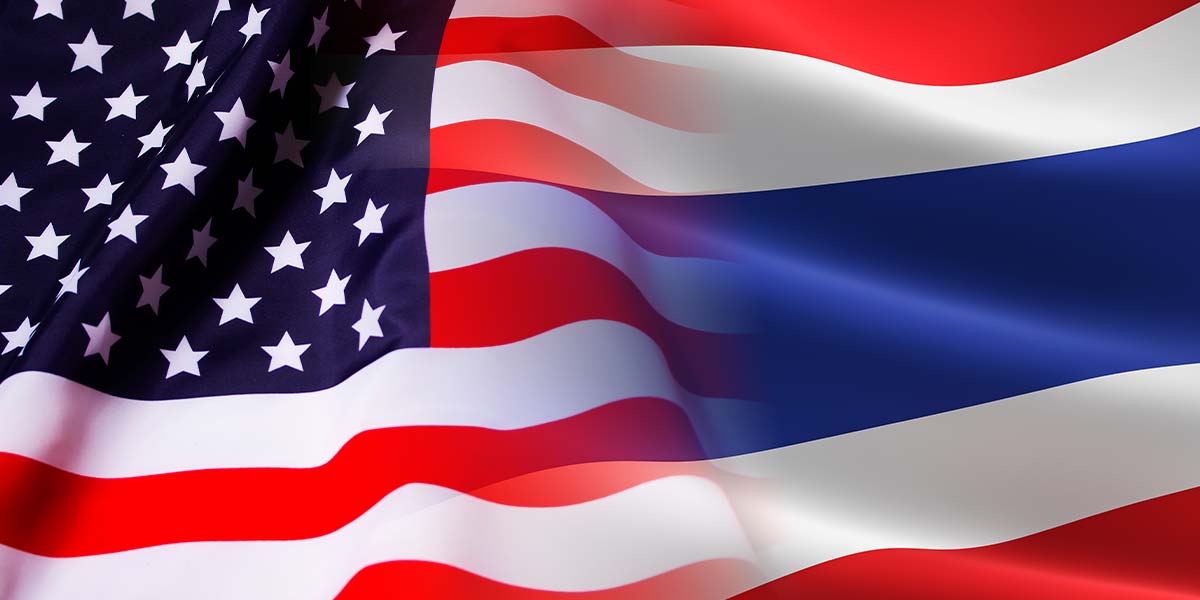Following rounds of trade talks with the Trump Administration, the U.S. has now declared an agreement with Thailand, imposing a 19% import tariff on Thai products to the U.S.
The figure was significantly lower than the 36% reciprocal tariff the U.S. President Donald Trump suggested in early April. This will also terminate a baseline tariff of up to 20% that Trump threatens to implement after the deadline on 1 August.
According to Deputy Prime Minister and Finance Minister Pichai Chunhavajira, Thailand is set to make a series of significant concessions, with wide-ranging implications for agriculture, energy imports, aviation, and customs procedures.
As part of the negotiations, Thailand will open up additional agricultural products to U.S. imports. One focus is the gradual reduction of tariffs on certain goods, such as pork—although the market will remain closed to U.S. pork offal.
Tariffs for selected U.S. agricultural imports are expected to be phased down to zero, but not immediately; a transition period of about five years will be put in place to give local producers time to adjust. Annual import quotas will also be established, mirroring frameworks seen in Thailand’s free trade agreements with Australia.
In the energy sector, Thailand imports more than 90% of its energy requirements, including petrochemicals and oil. The new agreement calls for increased purchases of U.S. crude oil as part of a supply diversification strategy.
For natural gas, existing long-term contracts with Middle Eastern countries—spanning 15 to 20 years—are set to expire in coming years. Once these contracts end, Thailand plans to source more natural gas from the U.S., attracted by its lower prices.
On the aviation front, Thailand expresses its commitment to purchase Boeing aircraft over the next five to ten years, with projections pointing to around 100 planes entering its commercial fleet.
Both nations also agreed to address non-tariff barriers by streamlining regulations and expediting customs processes.
A key measure aims to combat “transshipment”—a practice where goods originating elsewhere are repackaged and labeled as Thai exports to the U.S. Under the revised rules, at least 40% of the product’s value must be derived from Thailand to qualify for preferential treatment.
Shipments falling short of this threshold will be subject to a 40% tariff rate. Thai Customs will implement stricter checks and require an enhanced Certificate of Origin (COO) process to ensure compliance, with factory visits to confirm local content.
When compared with its regional peers, Thailand maintains a competitive advantage in tariff rates over some neighboring countries. For instance, Vietnam faces a 20% tariff, while Laos and Myanmar are subject to rates as high as 40%. These disparities highlight both the varying levels of economic relations and the differing outcomes of each country’s trade negotiations.
Here is a summary of tariff rates across Asia: Japan and South Korea both have a 15% tariff, Taiwan and Vietnam are each at 20%, while Thailand, Cambodia, Malaysia, Indonesia, and the Philippines are set at 19%. Meanwhile, Laos and Myanmar have the highest rates at 40%, Brunei and India are at 25%.





